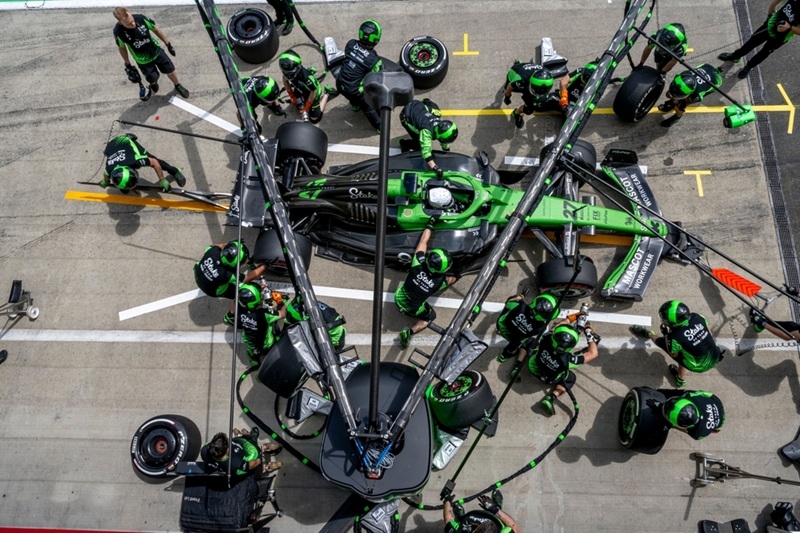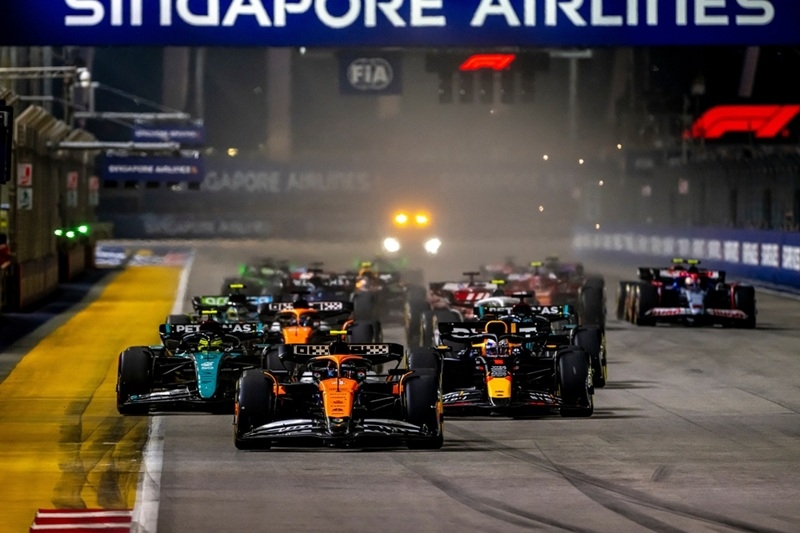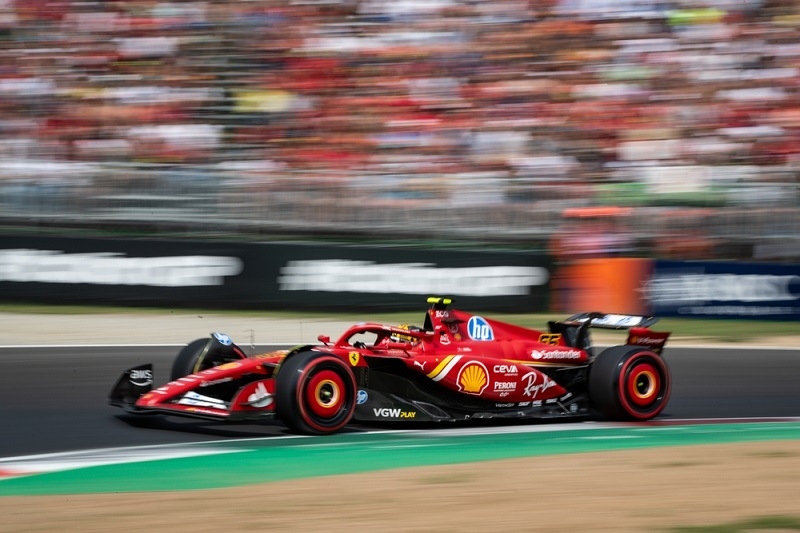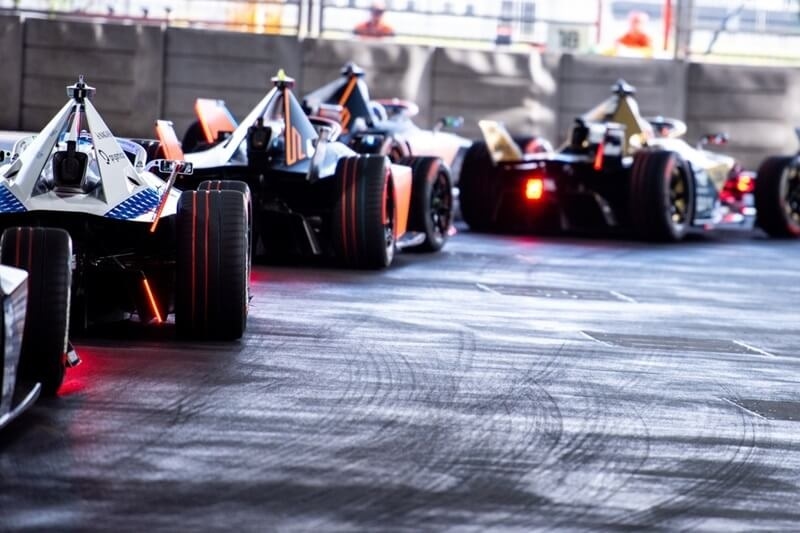Everything About F1 A Complete 2026 Season Breakdown

If you have ever watched a Formula 1 race and wondered what truly goes on behind the speed, strategy, and global drama, this guide brings everything together in one place. Here is everything about F1 that matters right now, covering the F1 driver lineup 2026, understanding which driver drives for which F1 team, how the cars work, where the sport races, and what the shift toward F1 sustainable fuel 2026 means for the next chapter of motorsport.
What Makes Formula 1 Unique
Formula 1 sits at the top of the racing world because it blends world class engineering, elite drivers, and constant innovation. Every detail of an F1 car is regulated through a strict rulebook that keeps the sport competitive. While every driver races individually, no one wins without a strong team behind them. Engineers, strategists, pit crews, and data analysts all play their role, turning F1 into a mix of precision, teamwork, and pure speed.
During each season, drivers compete for the Drivers Championship, while teams aim for the Constructors Championship. Points come from consistency, podiums, strategy calls, and reliability. Understanding everything about F1 becomes easier when you look at both sides of the competition.
Everything About F1 Driver Lineup 2026
The F1 driver lineup 2026 is one of the most exciting lineups in recent years. Fans always ask which driver drives for which F1 team, so here is the updated grid for 2026:
- Red Bull Racing: Max Verstappen and Liam Lawson
- Ferrari: Charles Leclerc and Lewis Hamilton
- Mercedes: George Russell and Andrea Kimi Antonelli
- McLaren: Lando Norris and Oscar Piastri
- Aston Martin: Fernando Alonso and Lance Stroll
- Alpine: Pierre Gasly and Jack Doohan
- Williams: Alex Albon and Carlos Sainz
- Haas: Esteban Ocon and Oliver Bearman
- Racing Bulls: Yuki Tsunoda and Isack Hadjar
- Kick Sauber: Nico Hulkenberg and Gabriel Bortoleto
This lineup mixes experienced champions with new talent. It shapes the storylines that will define the next season and plays a huge part in helping fans understand everything about F1 right now.
Key Driver Moves
A few changes in the F1 driver lineup 2026 have created major buzz:
- Lewis Hamilton leaves Mercedes for Ferrari
- Antonelli makes his rookie debut with Mercedes
- Liam Lawson steps up to partner Verstappen
- Isack Hadjar enters F1 with Racing Bulls
- Oliver Bearman starts his full season with Haas
These moves highlight how fast the grid can shift and why knowing which driver drives for which F1 team adds so much clarity when following the season.
More to Discover: F1 Academy Finale Set for Las Vegas Grand Prix Weekend
Which Driver Drives For Which F1 Team

Team pairings tell you a lot about chemistry, experience, and each team’s long term goals. Understanding which driver drives for which F1 team helps predict performance, rivalries, and strategy throughout the year.
- Red Bull pairs a dominant champion with young potential
- Ferrari now carries two strong race winners
- Mercedes places trust in Russell and a highly rated rookie
- McLaren continues building momentum with two fast and consistent drivers
- Alpine and Haas rely on a mix of youth and experience
- Williams gets a powerful combination with Albon and Sainz
Following everything about F1 becomes easier when the team landscape is clear, especially as these pairings influence race strategies and championship pressure.
How Many Teams And Drivers Are In F1
Each season fields ten teams and twenty drivers. Every team runs two cars, and both drivers contribute points to the Constructors Championship. This structure ensures constant competition and gives fans plenty to follow throughout the year. This setup is central to understanding everything about F1 and how the championship unfolds.
Where Formula 1 Races
The 2026 calendar features twenty four races across twenty one countries. The schedule travels through Europe, Asia, the Middle East, North America, South America, and Australia. Historic tracks like Silverstone, Suzuka, Spa, and Monza sit beside modern circuits like Miami, Las Vegas, and Saudi Arabia. This mix of tradition and innovation is a major reason fans keep searching for everything about F1 each season.
How A Formula 1 Weekend Works
A race weekend usually runs for three days.
Friday includes two practice sessions where teams test setups and gather data.
Saturday features the final practice and qualifying, where drivers fight for the best grid position.
Sunday is race day, where strategy, tire choices, pace management, and driver skill shape the results.
Sprint weekends create even more action by adding a shorter Sprint race on Saturday, making the overall format more intense.
You may like: How F1 Teams Develop Their Winning Race Strategies
How F1 Cars Work
F1 cars are built for extreme speed and control. They run hybrid V6 turbo engines supported by energy recovery systems. Aerodynamics shape airflow to push the car into the track for maximum grip. Ground effect tunnels, wings, and bodywork all work together to create downforce. When learning everything about F1, this engineering side helps explain why teams spend millions perfecting every detail.
Teams also manage strict component limits throughout the season. Using too many engines or energy recovery units triggers grid penalties. This balance between performance and reliability becomes a vital part of each team's strategy.
F1 Sustainable Fuel 2026 And Beyond
One of the biggest topics shaping the future is the shift toward cleaner energy. In 2026, cars run on E10 fuel, which contains ten percent renewable ethanol. The long term plan moves toward fully F1 sustainable fuel 2026 development, with a major rollout expected for 2026. This move supports F1’s goal to cut emissions without reducing performance.
The push for F1 sustainable fuel 2026 shows how the sport aims to influence global automotive technology. For anyone trying to learn everything about F1, this sustainability focus has become as important as racing itself.
Team Headquarters And Operations
Most teams are based in Europe, with the United Kingdom hosting the majority. Ferrari operates from Italy, and Kick Sauber works from Switzerland. This European concentration is driven by decades of motorsport engineering, suppliers, and testing facilities. It is another behind the scenes detail that adds depth when exploring everything about F1.
Explore More: The Top 5 Most Followed F1 Drivers Before Las Vegas Prix
Why F1 Still Matters
Understanding everything about F1 is not just about engines or speed. It is about global reach, unpredictable drama, and constant progress. The F1 driver lineup 2026 is packed with talent, team strategies evolve every race, and the move toward F1 sustainable fuel 2026 signals a new era for the sport. The combination of history, technology, and international competition keeps Formula 1 at the top of modern motorsport.
This content was created by AI



